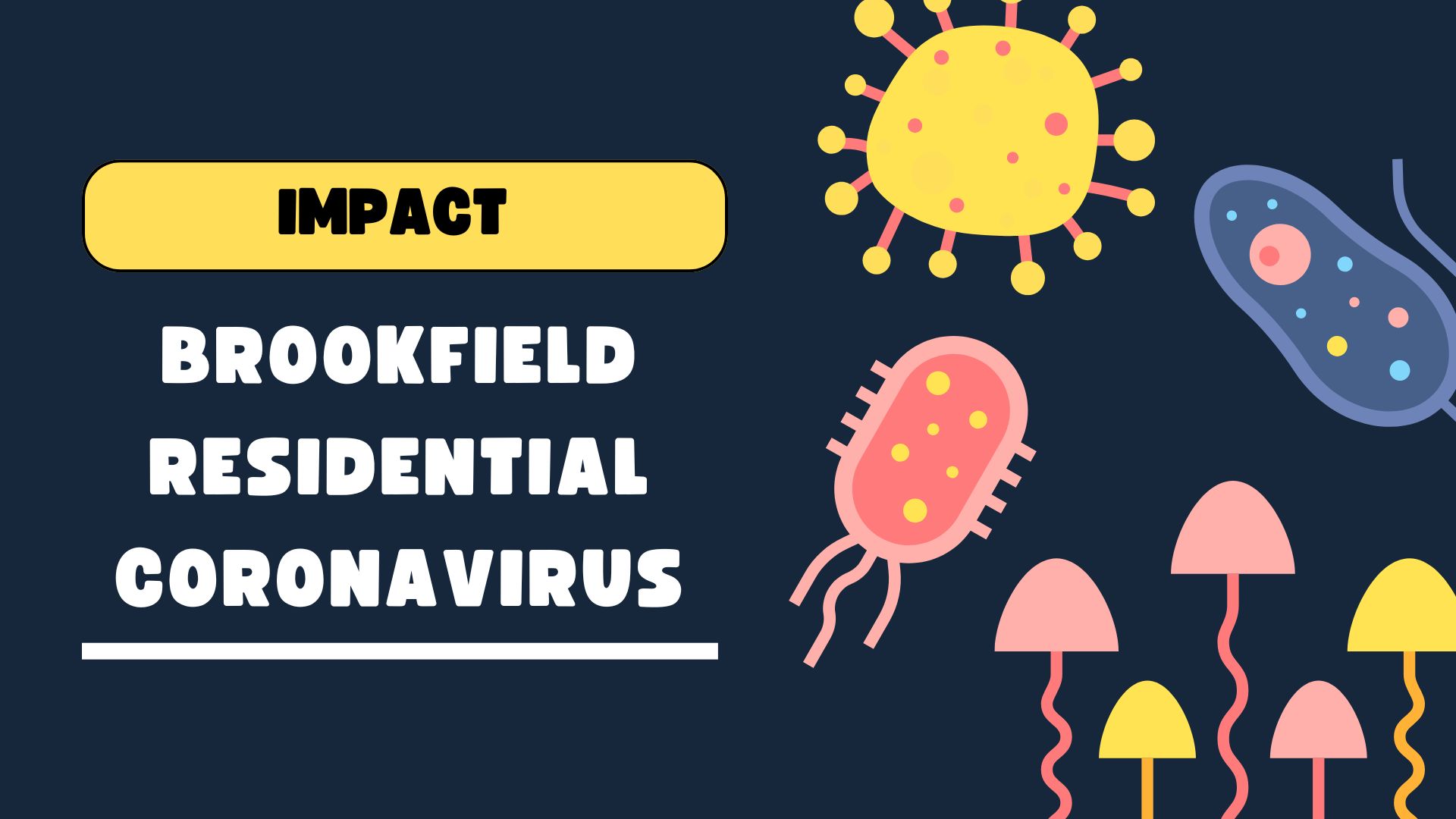Brookfield Residential Coronavirus
The coronavirus (COVID-19) pandemic has affected nearly every industry globally, and the real estate sector is no exception. For companies like Brookfield Residential, a leading developer of residential communities in North America, the pandemic presented both significant challenges and opportunities for innovation. From changing consumer behavior to new safety protocols, here’s how Brookfield Residential adapted and navigated the complexities of the COVID-19 crisis.
Adapting to New Homebuyer Expectations
As stay-at-home orders and social distancing measures swept across the world, homebuyers’ priorities and needs changed. With more people working remotely and spending additional time at home, there was a growing demand for larger homes, outdoor spaces, and home office areas. Brookfield Residential, known for its commitment to building high-quality homes and communities, quickly adapted to these shifting demands.
Many homebuyers began to value layouts that included flexible spaces, such as home offices, as well as properties with larger yards, given the increased time spent indoors and the need for more personal space. Brookfield Residential’s ability to pivot to these new demands allowed it to maintain a competitive edge during a time of market uncertainty.
Virtual Tools and Digital Transformation
The pandemic also accelerated the use of technology in real estate, and Brookfield Residential responded by enhancing its digital offerings. With in-person showings and open houses limited due to health and safety protocols, virtual tours became a key feature in the home buying process. Potential buyers could explore homes, floor plans, and entire communities from the comfort of their own homes.
Brookfield Residential made significant strides in offering online tools like virtual tours, interactive floor plans, and digital consultations with sales representatives. This allowed prospective buyers to navigate their purchasing decisions without needing to step foot into a physical office, providing a safer, more convenient experience.
Strengthening Health and Safety Protocols
For the safety of both employees and customers, Brookfield Residential implemented stringent health protocols across its operations. Showrooms, model homes, and sales centers were redesigned to accommodate social distancing, with frequent cleaning and sanitation procedures put in place. To further enhance safety, Brookfield introduced contactless appointment scheduling and digital transactions wherever possible, minimizing in-person interactions.
In addition, construction sites were adjusted to ensure the safety of on-site workers, with revised workflows and protective measures to comply with local government guidelines. Despite the challenges posed by COVID-19, Brookfield Residential maintained a commitment to delivering homes without sacrificing quality or safety.
Community Support and Corporate Responsibility
Brookfield Residential took its role as a community builder seriously during the pandemic. As part of its corporate responsibility efforts, the company actively participated in initiatives to support communities during the crisis. From donating to frontline workers to providing resources for families affected by the pandemic, Brookfield Residential demonstrated resilience and solidarity during an unprecedented time.
Moreover, Brookfield Residential leveraged its expertise in community planning to develop spaces that would allow for social distancing while still fostering a sense of connection among residents. Outdoor amenities such as parks, trails, and open spaces became more valuable than ever before, and the company continued to prioritize these features in new developments.
Looking Ahead: Post-Pandemic Real Estate Trends
While the immediate impact of the coronavirus pandemic may have diminished with vaccine rollouts and public health measures, its effects on the real estate industry are likely to last. Homebuyers now have more diverse needs, and many of these shifts—such as the desire for home office spaces and more outdoor areas—will continue to influence real estate trends in the years to come.
Brookfield Residential’s experience during the pandemic highlighted the importance of flexibility, technology, and community focus. The company’s ability to innovate in response to the crisis has positioned it well for future success in a post-pandemic world.
Conclusion
The coronavirus pandemic presented challenges to Brookfield Residential, but it also served as a catalyst for change and growth. By adapting to new consumer preferences, embracing digital tools, and reinforcing its commitment to safety and community, Brookfield Residential was able to navigate this difficult time while continuing to provide value to homebuyers. As the world emerges from the pandemic, the lessons learned during this period will undoubtedly shape the future of residential development for years to come.
